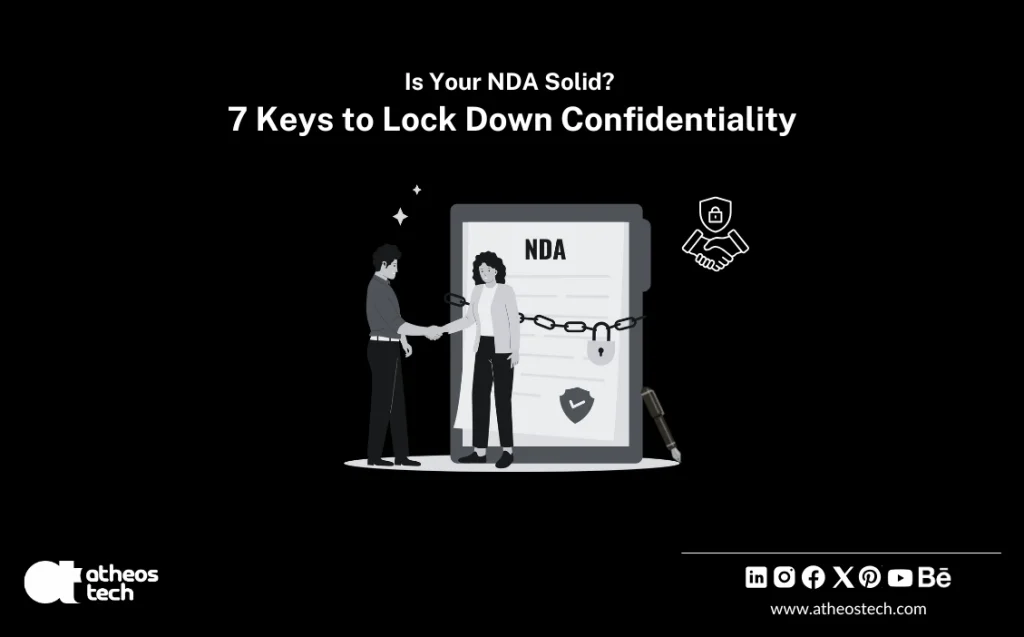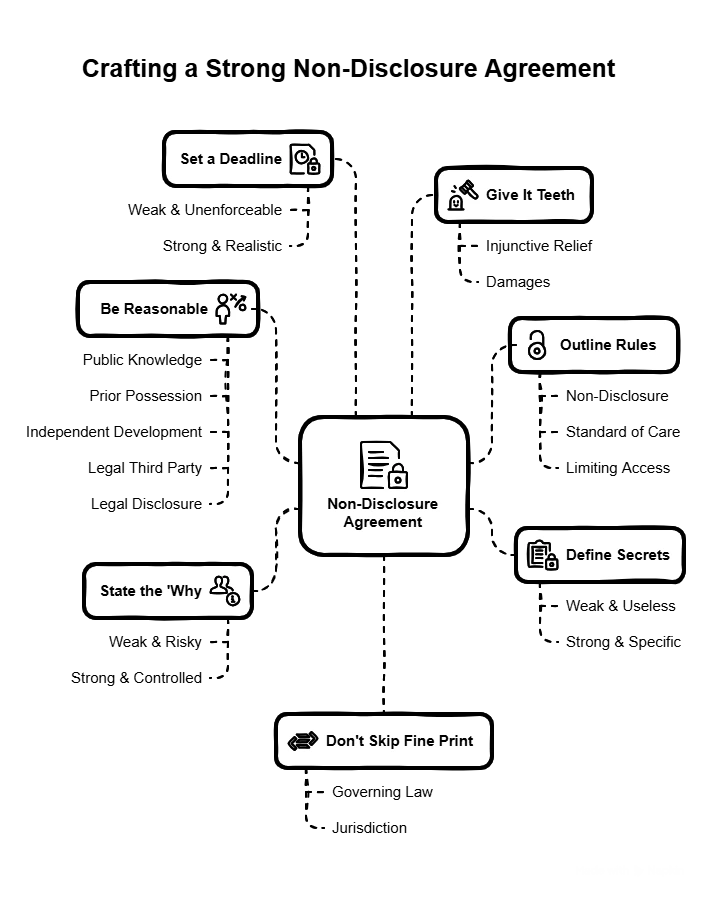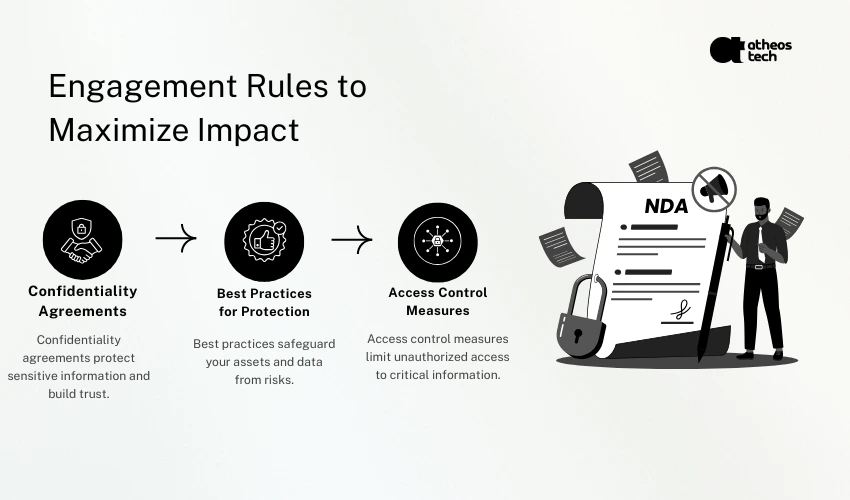
Hire UI UX Designer to Transform Your Brand Across Every Digital Channel

You’ve got it. The game-changing idea, the proprietary code, the business plan that’s going to shake up the industry. You’re ready to share it with a potential partner, investor, or contractor. But as you prepare to hit “send,” a wave of apprehension washes over you. How do you protect your most valuable asset? – especially when engaging IT services for startups that may be halfway around the world?
The Non-Disclosure Agreement (NDA) is the standard answer. It’s your legal shield. But here’s the hard truth: not all NDAs are created equal. A poorly constructed agreement is little more than a paper sieve, full of holes that leave your secrets exposed. A strong one, however, is a fortress. The NDA is supposed to be the legal shield that protects it, and not the one which breaks on the very first blow.
A well-crafted NDA isn’t just legal protection; it’s a strategic asset. It sets the tone for professionalism, creates operational clarity, and signals that you know how to do serious business. In other words, the NDA is your first litmus test of credibility.
While the legal details can seem overwhelming, a truly effective NDA boils down to a few key principles. We’ve distilled them into these seven essential ingredients that make an NDA a powerful tool for building trust and protecting your work.

This is the absolute heart of the agreement. If you’re vague about what needs to be protected, a court will have no idea how to enforce it. Ambiguity is your enemy.
Specificity is what turns a vague promise into a binding obligation.
A powerful NDA doesn’t just prevent secrets from being shared; it dictates why they can be used. By defining the purpose, you prevent your information from being leveraged for side projects or unintended ventures.
NDAs are often overlooked in early startup consulting services, but they’re foundational to preventing IP misuse.
This clause ensures your confidential data is a tool for a specific job, not a free-for-all resource.
It may seem counterintuitive, but listing what isn’t confidential makes your NDA stronger.. It shows a court that you are being fair and reasonable, which adds to your credibility. No one can be expected to protect information that’s already in the public domain.
A robust NDA will always exclude information that:
How, exactly, should your information be handled? Don’t leave it to guesswork. A strong NDA explicitly details the receiver’s duties.

That “boilerplate” text at the end is your procedural armor. It dictates the rules of any potential legal battle.
Don’t let a weak NDA put your startup at risk.
Lock down your secrets.
| Feature | A Good NDA (A Shield & a Bridge) | A Bad NDA (A Weapon or a Sieve) |
|---|---|---|
| Definition | Specific and clear | Vague and overly broad |
| Purpose | Tightly defined purpose of use | No defined purpose |
| Exclusions | Includes fair and reasonable exclusions | Has no exclusions, claiming everything is secret |
| Duration | A realistic, defined time period | Lasts forever, for everything |
| Consequences | Clear remedies, including injunctive relief | No mention of what happens if it's broken |
| Overall Tone | Balanced and professional | Aggressive and one-sided |
In the end, let’s be clear: a great NDA isn’t an act of distrust. It’s the first act of building it. It is the professional handshake that says, “Your ideas are safe here.” This secure framework isn’t a barrier to collaboration; it’s the prerequisite for it, allowing brilliant minds to move past legal formalities and dive into the work that drives groundbreaking results.
By building your fortress with intention and clarity, you can share your best ideas with confidence. You can innovate faster, collaborate more freely, and build partnerships that last, knowing your intellectual property is protected by more than just a verbal promise; it’s protected by a clear, enforceable commitment.
At AtheosTech, our IT services for startups are engineered not just for execution but for protection. We don’t just code, we safeguard.. We treat every idea shared with us as mission-critical. That’s why our approach to confidentiality is proactive, not reactive. From airtight NDAs to secure execution environments, we operate like your in-house CTO, but with founder-level vigilance.
Your vision is bold. Let’s make sure it’s protected – and built to scale. Ready to work with a technology partner who values and protects your ideas as fiercely as you do?
Adding {{itemName}} to cart
Added {{itemName}} to cart